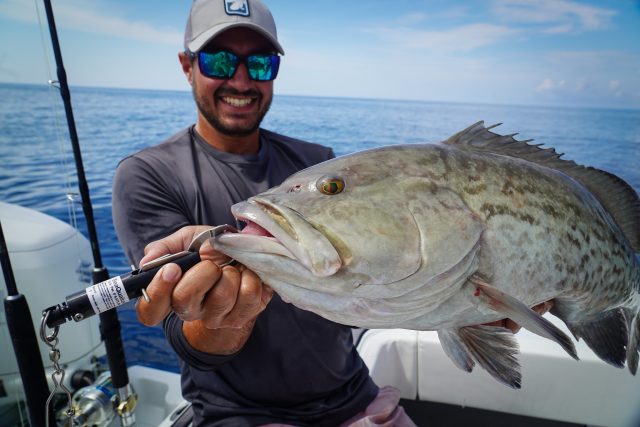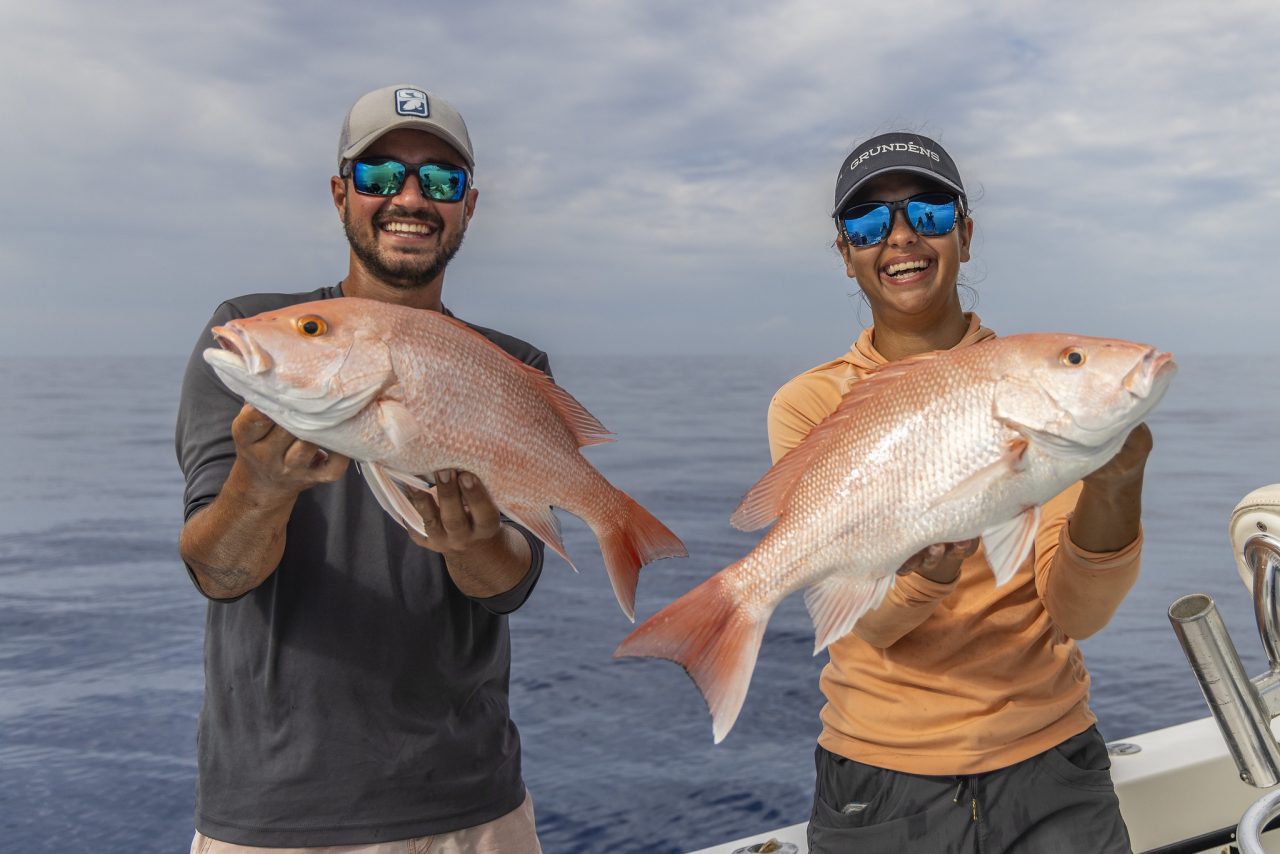By: Nick Haddad
Photographing the Catch
As both an angler and photographer, I’ve learned over time how challenging it can be to incorporate photography into fishing. Conditions can change quickly, the fish don’t always cooperate and time is often of the essence for fish that will be released. Here are some of my best tips and tricks for taking great fish photos and doing it ethically.
Proper Fish Handling and Grip
Photographing fish can be tricky, and it all starts with a good grip. If you’re not comfortable handling your catch, it’ll show in the photo. Tools like lip grips can make it easier and safer, for both you and the fish, to get that perfect shot.
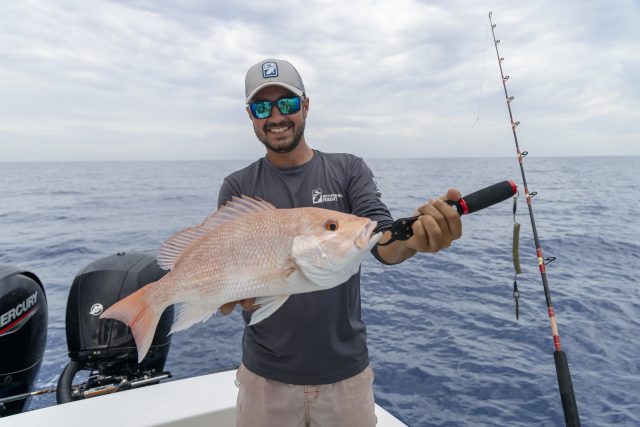
For more experienced anglers, focus on keeping your hands subtle in the shot. A great fish photo should highlight the fish, not your fingers. Try supporting the fish from underneath or behind so your hands stay mostly out of view and don’t take away from your catch.
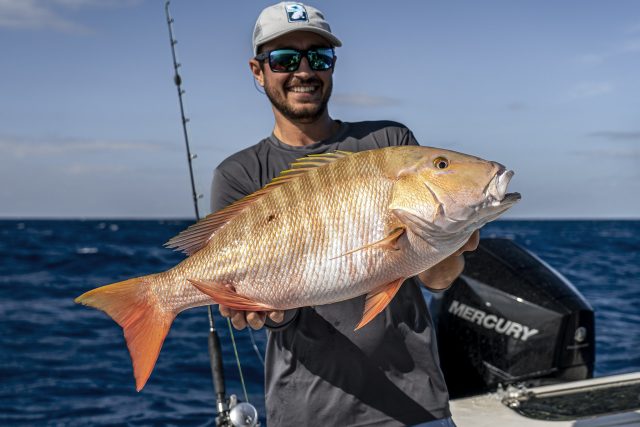
Background and Framing
Keep your photo clean and focused by choosing a quiet spot on the boat, somewhere you can safely sit or stand, and frame your catch with just open water behind you for a distraction-free background. Rods, people, consoles and other gear can clutter the frame and be distracting on the eyes.
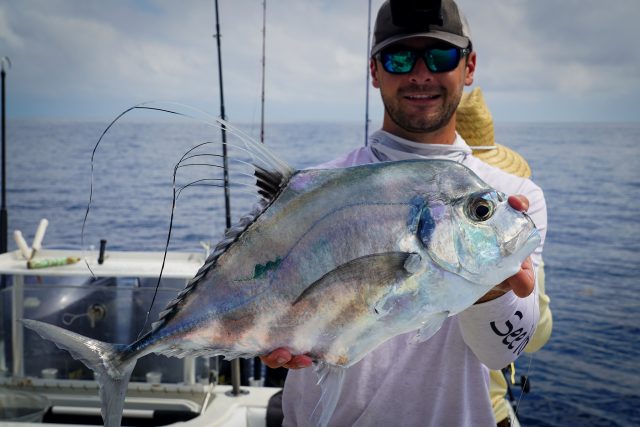
Timing the Shot
I always encourage anglers to move quickly when snapping a photo of their catch. We’ll dive into why that matters for catch-and-release survival later, but from a photography standpoint, timing is everything. Fish lose their vibrant color fast once they’re out of the water, especially if they hit the ice. To capture that natural, lit-up look, have a buddy ready with the camera and take the shot as soon as the fish comes out. Keeping the fish wet will also help those colors pop and keep the fish looking fresh.
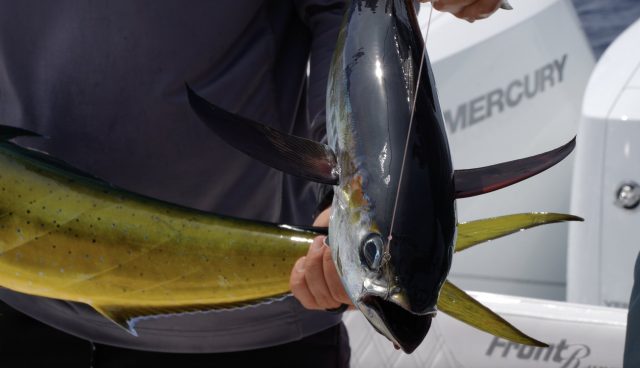
Using Natural Light Effectively
Optimal Light Direction
Lighting can make or break a fishing photo, and one of the most important tips is to have the angler face the sun while the photographer keeps the sun at their back. This setup ensures the fish and angler are well-lit, allowing the natural colors and details to really stand out. A back-lit photo, where the light is coming from behind the camera, brings out the vibrance of the fish and avoids dull, dark images. The photographer may need to shift slightly to the side to avoid casting a shadow on the subject, especially during early morning or late afternoon light. With the right angle, you’ll capture a crisp, colorful shot that does justice to the catch. A golden hour shot is great for soft light, but you can’t always control when the fish bite!
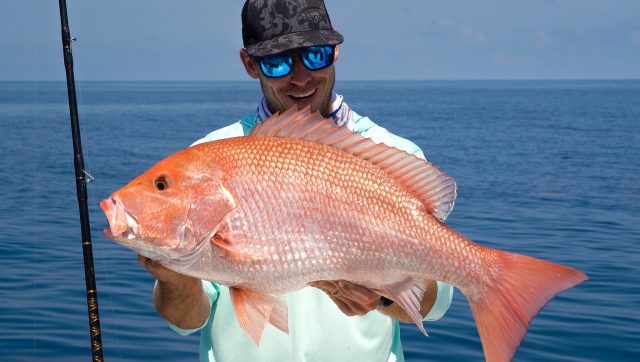
Dealing with Hats and Overhead Light
A hat is most anglers best friend while on the water, but that’s not always the case for photos! When the sun is directly overhead, especially around noon, a hat can cast harsh shadows over the angler’s face, making the photo look dark and unflattering. To avoid this, have the angler sit down and tilt their face slightly upward toward the camera. This helps bring more light onto their face and softens any shadows caused by the brim. Alternatively, the photographer can shoot from a slightly higher angle to let more light in and reduce harsh contrasts. A small adjustment in posture or angle can make a big difference in keeping both the angler and the fish well-lit and photo-ready.
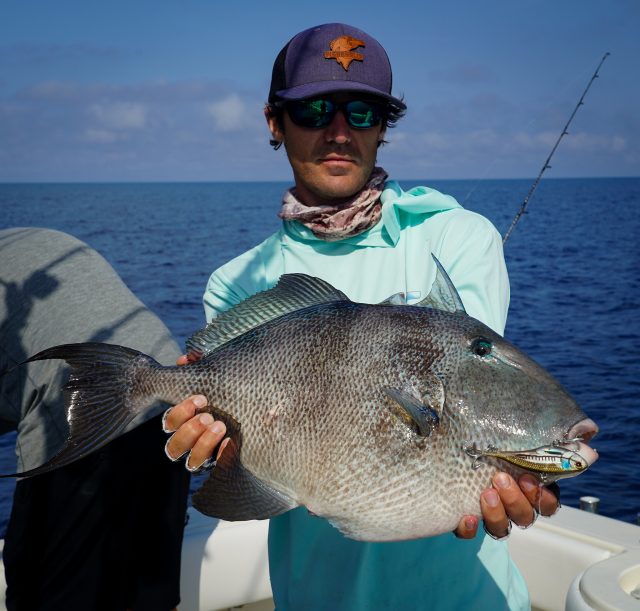
Telling the Full Story
Capturing the Experience
Great fishing photos go beyond just the “hero shot” of you holding up your catch—they capture the full experience. From early-morning launches to high-fives on the boat, these moments help tell the story behind the fish. Even when it’s one angler on the rod, there’s often a crew involved in netting, spotting, or just cheering you on. Take the time to snap a group photo at some point in the day. Whether it’s posed with the haul or just a quick dockside shot, these pictures show the camaraderie that makes fishing trips unforgettable.
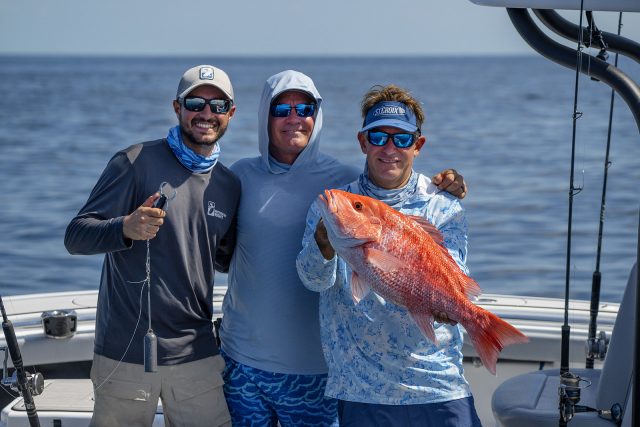
Candid Shots
Some of the best photos aren’t planned, they just happen. Someone laughing after a missed hookset, the first look at a fish coming up to the surface, or that chaos moment when you’re scrambling for the net. Keep your camera or phone ready and grab those spontaneous shots. They often end up being the most memorable (and hilarious) ones in your camera roll.
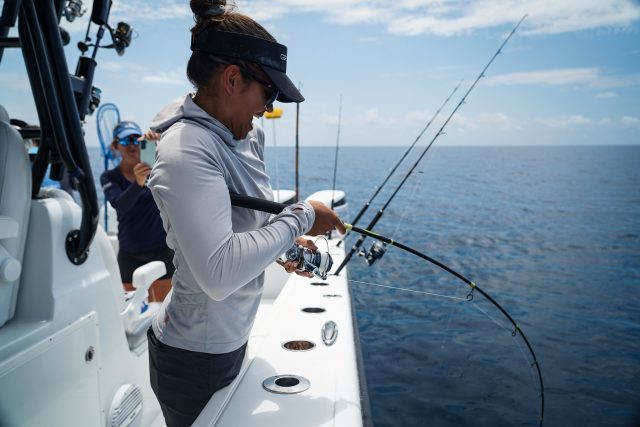
Detail and Close-Up Shots
While the big “grip and grin” shot is great, don’t forget to get close. Snap photos of the fish’s scales, colors, patterns, and even the fly or lure it took. These detailed shots highlight the beauty of the catch and make great complements to your main photo. They’re also awesome for social media carousels or storytelling posts.
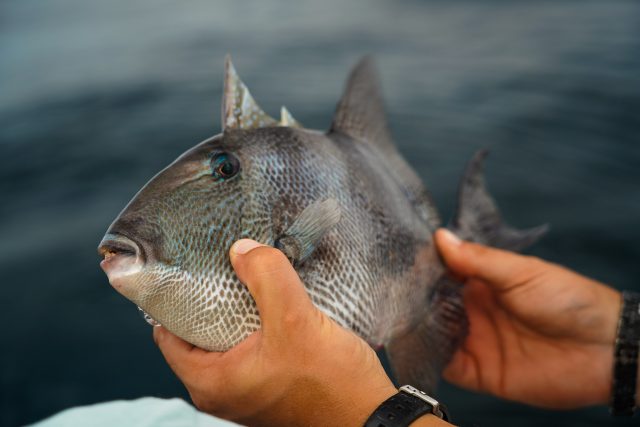
Common Photo Mistakes to Avoid
Dirty Lenses
This sounds simple, but water spots, fog, or smudges on your lens can ruin an otherwise great shot. Give your lens a quick wipe before snapping the pic, especially if you’ve been around salt spray or morning mist. There’s nothing worse than a dirty phone camera ruining a great shot!
Poor Angles and Perspective
Try to get low and shoot from the fish’s level, not from above. This adds depth and perspective, and often makes the fish look bigger and more impressive. If you’re going to long-arm (extend your arms to make it look bigger) a fish, do your best to hide your arms so you can’t tell as much in the photo. Also, do your best to make it natural… a juvenile fish shouldn’t look like a world record in a picture!
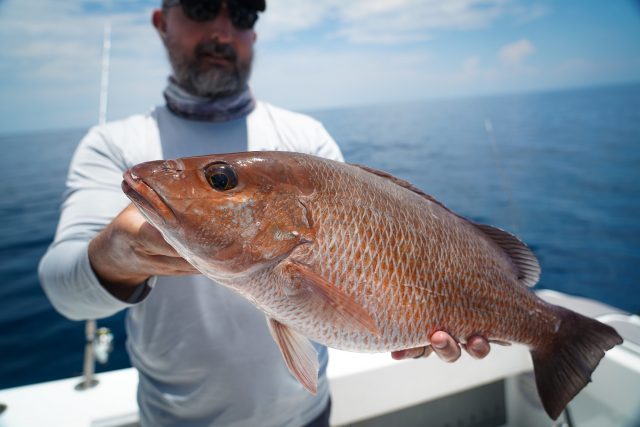
Timing and Quantity of Shots
Fish don’t pose, they flop. Use burst mode or take a bunch of pictures quickly and grab the best shot. This gives you more options and helps catch that split second where everything looks just right.
Orientation for Platforms
Shoot both landscape (horizontal) and portrait (vertical). Prioritize portrait photos as social media is the most commonly used outlet for photos (despite most of these examples being landscape).
Ethical and Conservation Photography
Prioritize Photos of Kept Fish
Prioritize taking pictures of fish you are going to keep. It’s not always possible, but you’ll have much more time to reposition, find the correct lighting and angle, and get the perfect picture without having to risk the survival of the fish. A lot of anglers throw fish in the box then take pictures later, but I recommend taking them before you throw them on ice.
Quick Photos for Releases
If you want a picture with a fish you are going to release, keep the fish wet and make sure the camera is ready before lifting it out of the water. Speed matters and time out of water is a significant aspect of post-release survival. No fish photo is worth unnecessarily sacrificing the life of your catch.
When to Skip the Photo
If the fish is gut hooked or in poor condition and has to be released, skip out on the photo and take the chance that you’ll catch one even bigger another day. A safe release is more important than a picture.
